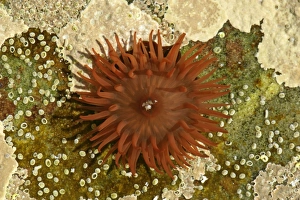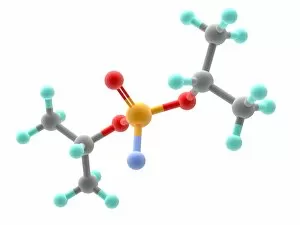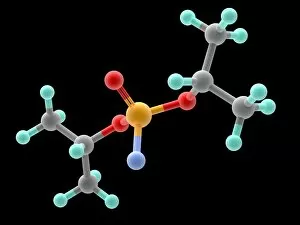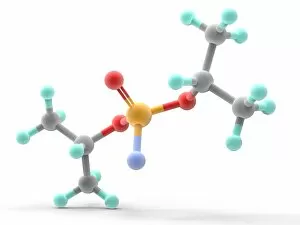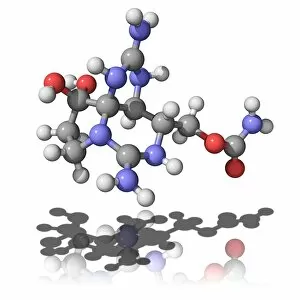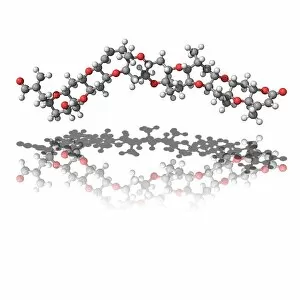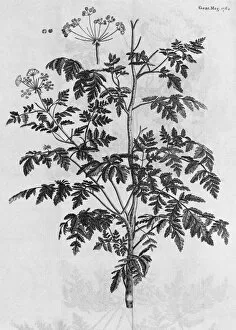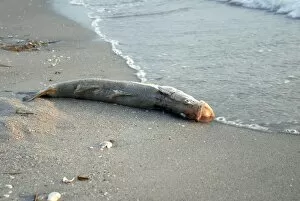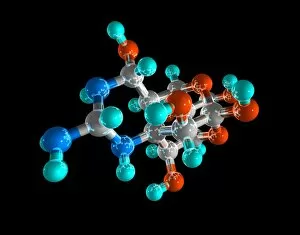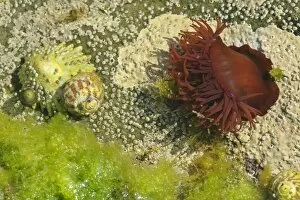Neurotoxin Collection
"Unveiling the Dark Side: Exploring the Intricate World of Neurotoxins" In a hidden rock pool near Elgol, Isle of Skye
All Professionally Made to Order for Quick Shipping
"Unveiling the Dark Side: Exploring the Intricate World of Neurotoxins" In a hidden rock pool near Elgol, Isle of Skye, lies an extraordinary creature - the Beadlet Anemone. With its tentacles gracefully reaching out for food, it conceals a deadly secret within its seemingly harmless appearance. This captivating scene serves as a reminder that nature's beauty can often be accompanied by danger. Meanwhile, in laboratories far from the tranquil shores of Scotland, scientists meticulously study molecules like Sarin nerve gas and Botulinum type B neurotoxin. These complex structures hold immense power to disrupt our nervous system and wreak havoc on our bodies, and is through understanding these deadly substances that we strive to protect ourselves from their malevolent effects. Amidst this exploration into neurotoxins, we encounter testosterone hormone - an essential molecule responsible for shaping masculinity and influencing behavior in both humans and animals alike. While not inherently toxic like other compounds mentioned here, it showcases how delicate balances within our bodies can have profound impacts on our well-being. Venturing further into this dark realm, we come across Cobra venom and Chinese scorpion toxin structures. These intricate molecular arrangements possess lethal potential when injected into unsuspecting victims. Yet even amidst their sinister nature, there is something undeniably fascinating about the way they are designed to incapacitate prey or deter threats. Finally, we stumble upon Funnel-web spider toxin molecule - a chilling reminder that danger lurks even in unexpected places. Found within one of Australia's most feared arachnids' venomous bite lies a potent cocktail capable of inducing paralysis or worse. As we delve deeper into the world of neurotoxins with each image presented before us, let us remember that knowledge is power. By unraveling their secrets and understanding their mechanisms at play, perhaps one day humanity will harness this knowledge for good.

